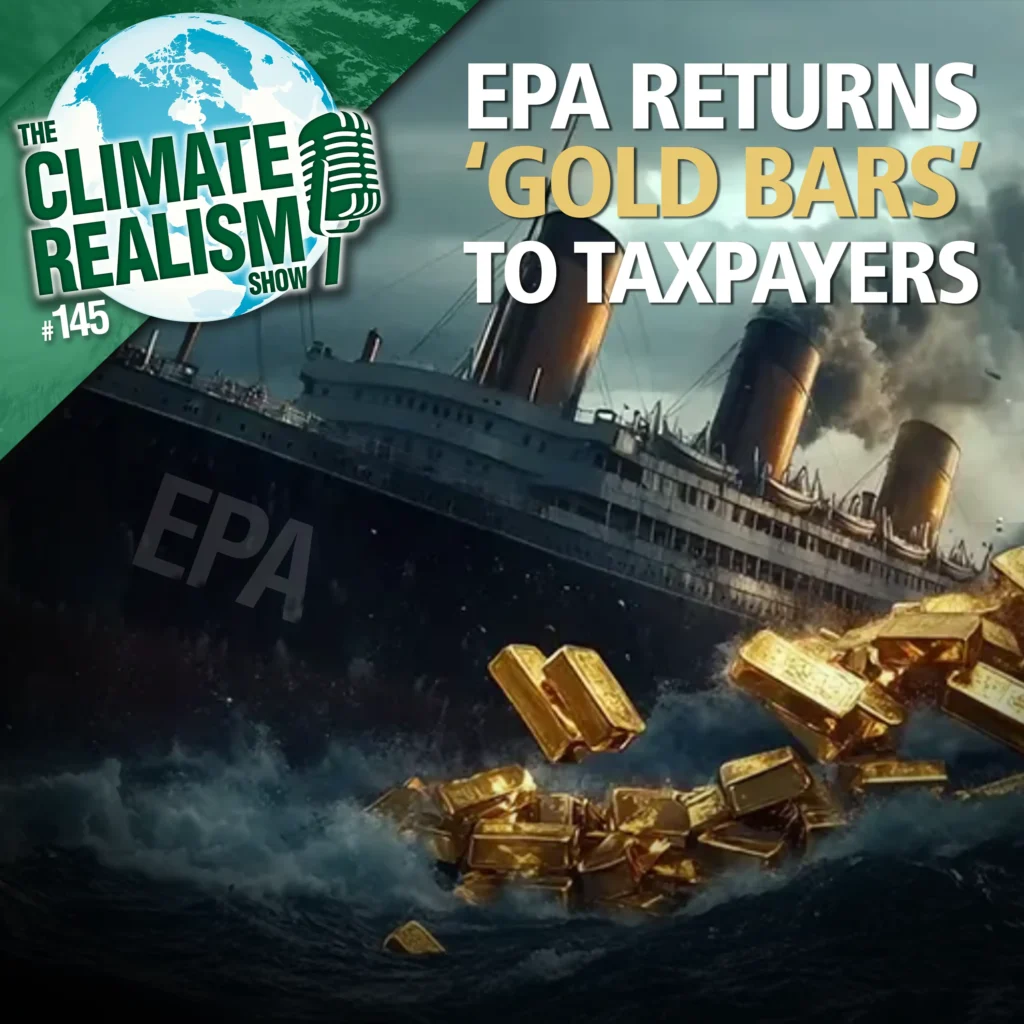The city of San Francisco has failed for the second time in one year to find an alternative energy competitor to PG&E’s electricity mix. The city has attempted to set up its own public power agency but has been unable to find an energy supplier who can meet the city’s requirement of 51 percent renewable power delivered at a price competitive with PG&E power.
As a result, city officials are now focusing their attention on imitating a newly established power sales program in Marin County.
Marin County Model
“We’re looking to incorporate some of the successful elements of the Marin CCA [community choice aggregation] model into our own CCA model,” said Charles Sheehan of the Communications Division of San Francisco Public Utilities Commission.
The Marin Energy Authority is the only organization to successfully use California’s 2002 CCA laws to establish an energy cooperative to replace PG&E. Several other California communities have attempted but failed.
San Francisco’s Goals
CleanPowerSF, San Francisco’s CCA program, is sticking with its goal of delivering “greener” energy to San Francisco residents and businesses. CleanPowerSF says it plans to deliver 51 percent renewable power within 10 yrs and provide rates competitive with PG&E. It hopes efficiencies within the Marin CCA will help it meet its goal.
Cost Concerns Remain
Questions remain about how feasible it will be for CleanPowerSF to provide renewable energy at the same or better price as PG&E.
“San Francisco’s failure to get bids to supply customers with 51 percent renewable power at a rate below PG&E’s regulated rates illustrates the simplistic anti-monopoly attitude of the City,” said Tom Tanton, president of the T2 & Associates energy consulting firm. “First, the city implicitly assumes the CPUC is deficient in their role as regulators and somehow allows exorbitant profits. Second, the city ignores that much of PG&E’s supply assets are completely or largely depreciated with little remaining in cost base. Third and most important, the city’s program illustrates the common, yet fundamental, misunderstanding of people in believing that renewables are cost-competitive. There is no way that purchasing energy from more expensive sources could possibly result in lower costs.”
Daniel Simmons, director of state affairs for the Institute for Energy Research, agrees renewable power cannot compete economically with conventional power in the foreseeable future.
“The situation in San Francisco shows just how difficult and expensive it is to use non-hydro renewables to generate a majority of our electricity. Wind and solar are expensive and unreliable. Someday they might make up a majority of our electricity production, but according to the latest data from the U.S. Energy Information Administration, that day is decades and decades away, if it ever arrives at all,” he said.
Alyssa Carducci ([email protected]) writes from Tampa, Florida.



